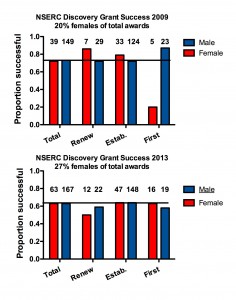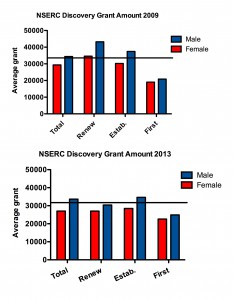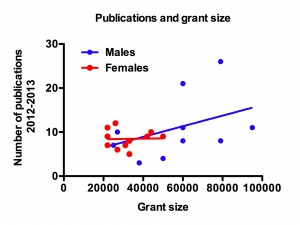I read the occasional ecology paper and ask myself how this particular paper ever got published when it is full of elementary mistakes and shows no understanding of the literature. But alas we can rarely do anything about this as individuals. If you object to what a particular paper has concluded because of its methods or analysis, it is usually impossible to submit a critique that the relevant journal will publish. After all, which editor would like to admit that he or she let a hopeless paper through the publication screen. There are some exceptions to this rule, and I list two examples below in the papers by Barraquand (2014) and Clarke (2014). But if you search the Web of Science you will find few such critiques for published ecology papers.
One solution jumped to mind for this dilemma: start a new ecology journal perhaps entitled Misleading Ecology Papers: Critical Commentary Unfurled. Papers submitted to this new journal would be restricted to a total of 5 pages and 10 references, and all polemics and personal attacks would be forbidden. The key for submissions would be to state a critique succinctly, and suggest a better way to construct the experiment or study, a new method of analysis that is more rigorous, or key papers that were missed because they were published before 2000. These rules would potentially leave a large gap for some very poor papers to avoid criticism, papers that would require a critique longer than the original paper. Perhaps one very long critique could be distinguished as a Review of the Year paper. Alternatively, some long critiques could be published in book form (Peters 1991), and not require this new journal. The Editor of the journal would require all critiques to be signed by the authors, but would permit in exceptional circumstances to have the authors be anonymous to prevent job losses or in more extreme cases execution by the Mafia. Critiques of earlier critiques would be permitted in the new journal, but an infinite regress will be discouraged. Book reviews could be the subject of a critique, and the great shortage of critical book reviews in the current publication blitz is another aspect of ecological science that is largely missing in the current journals. This new journal would of course be electronic, so there would be no page charges, and all articles would be open access. All the major bibliographic databases like the Web of Science would be encouraged to catalog the publications, and a doi: would be assigned to each paper from CrossRef.
If this new journal became highly successful, it would no doubt be purchased by Wiley-Blackwell or Springer for several million dollars, and if this occurred, the profits would accrue proportionally to all the authors who had published papers to make this journal popular. The sale of course would be contingent on the purchaser guaranteeing not to cancel the entire journal to prevent any criticism of their own published papers.
At the moment criticism of ecological science does not occur for several years after a poor paper is published and by that time the Donald Rumsfeld Effect would have occurred to apply the concept of truth to the conclusions of this poor work. For one example, most of the papers critiqued by Clarke (2014) were more than 10 years old. By making the feedback loop much tighter, certainly within one year of a poor paper appearing, budding ecologists could be intercepted before being led off course.
This journal would not be popular with everyone. Older ecologists often strive mightily to prevent any criticism of their prior conclusions, and some young ecologists make their career by pointing out how misleading some of the papers of the older generation are. This new journal would assist in creating a more egalitarian ecological world by producing humility in older ecologists and more feelings of achievements in young ecologists who must build up their status in the science. Finally, the new journal would be a focal point for graduate seminars in ecology by bringing together and identifying the worst of the current crop of poor papers in ecology. Progress would be achieved.
Barraquand, F. 2014. Functional responses and predator–prey models: a critique of ratio dependence. Theoretical Ecology 7(1): 3-20. doi: 10.1007/s12080-013-0201-9.
Clarke, P.J. 2014. Seeking global generality: a critique for mangrove modellers. Marine and Freshwater Research 65(10): 930-933. doi: 10.1071/MF13326.
Peters, R.H. 1991. A Critique for Ecology. Cambridge University Press, Cambridge, England. 366 pp. ISBN:0521400171


